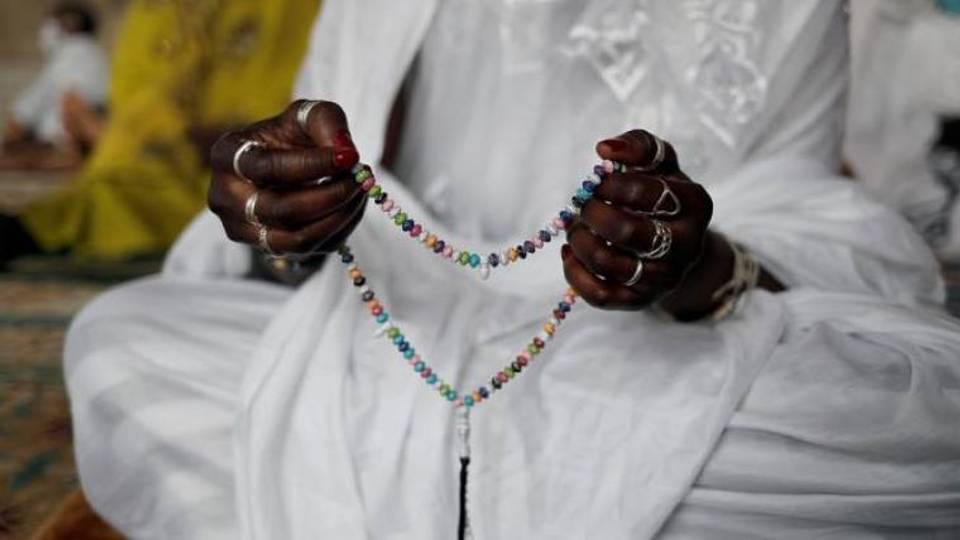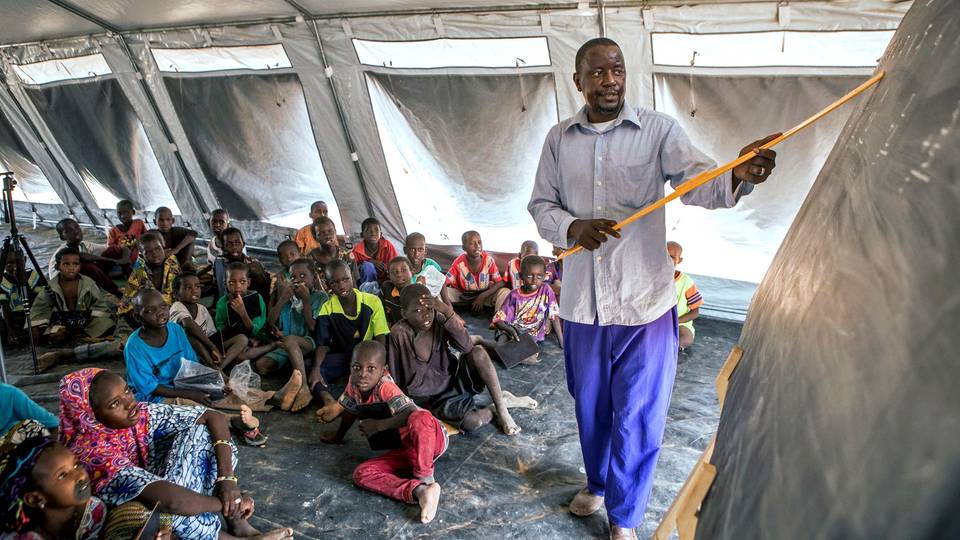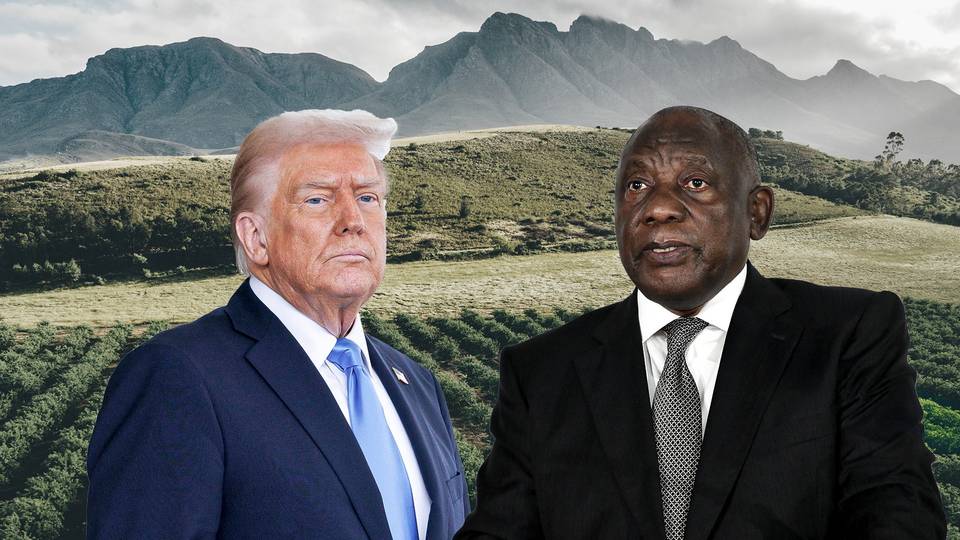Sport
Dollar
38,2552
0.34 %Euro
43,8333
0.15 %Gram Gold
4.076,2000
0.31 %Quarter Gold
6.772,5700
0.78 %Silver
39,9100
0.36 %Reformist Masoud Pezeshkian is riding high on the support of ethnic Turks and Sunnis. Hardline conservative Saeed Jalili stands in his way for the run-off on July 5.

A reformist with Turkic roots and a hardline conservative will face off in the run-off presidential elections in Iran, with the initial round of voting failing to throw up a clear winner.
Elections in the Shia-majority country were necessitated following the death of the then-incumbent president Ebrahim Raisi in a helicopter crash on May 19.
On July 5, Iranians will head to the polling booths to choose between reformist Masoud Pezeshkian and conservative Saeed Jalili – barely a few days after the country saw a record-low turnout that didn’t even reach 40 percent.
With the country witnessing seismic shifts, the first question that begs an answer is: what implications do the results of the first round of voting hold for Iranian politics?
Does the question of legitimacy persist?
Iran's political system aims to synthesise Shia interpretation of Islamic law and populism, emphasising both divine legitimacy and popular support. The component of Iran's political system is embodied in the Velayat-e Faqih interpretation of the Usuli school of Twelver Shiism.
The theory of Velayat-e Faqih, articulated by Khomeini during his exile in Najaf, emerged as a cornerstone of Iran's founding principles following the 1979 revolution.
This theory catalysed a profound transformation in the political ideology of Twelver Shiism. While the term Velayat-e Faqih fundamentally denotes the juridical authority of the faqih within a political framework, it also encompasses the governance authority of the faqih, as well as his role as the head of state.
In a speech on June 24, Khamenei emphasised the significance of high voter turnout in the presidential elections, asserting that substantial participation would enhance the honour of Iran.
However, the first-round election results indicate that Khamenei's aspiration for a high turnout has not been substantially realised.
The Iranian Interior Ministry reported that the turnout rate in the first round was 39.96 percent nationwide, with capital Tehran recording one of the lowest turnout rates at 23 percent.
Moderate conservatives out of the loop
The second significant outcome of the first round of the Iranian presidential elections was the elimination of moderate conservatives and the preference for a hardline candidate by the conservative base.
In Iran's revolutionary ideology, conservatives represent the Intisab (appointment) theory of the Velayat-e Faqih interpretation within the Usuli school of Twelver Shiism, while reformists advocate for the election theory of the same interpretation.
This theory, also known as the Theory of Absolute Velayat-e Faqih, posits that political authority should reside with religious scholars, who are regarded as the spiritual successors of the Imams. In Imami Shi'ism, belief in the imamate is one of the fundamental pillars of faith. This belief encompasses the notion that the position of the imamate, much like prophethood, is divinely decreed and sanctioned.
Hardline conservatives, on the other hand, endorse the Tafqiqi School theory. In other words, Saeed Jalili politically represents the Paydari Front and ideologically aligns with the Tafqiqi School.
Reformist candidate's ethnic identity featured more
The Turkic ethnic group constitutes a significant portion of Iran's population. According to the Strategic Geography of Iran, published by the Geographical Organization of the Iranian General Staff in 2014, the Persian ethnic group constitutes less than half of Iran's population.
More than half of the population comprises non-Persian or non-Persian-speaking ethnic groups, with the Turkic ethnic group being the second-largest after the Persian ethnic group.
During his visit to Türkiye in 2014, former Iranian foreign minister Ali Akbar Salehi stated that "40 percent of Iran's population is Turk".
He highlighted that at least 30 million Turks reside in Iran, saying this demographic figure is a significant factor and can potentially enhance relations between the two countries.
An analysis of the debates and campaigns in the first round of the Iranian presidential elections reveals that, for the first time, the issue of Turkic identity in Iran has prominently featured in the general elections.
This prominence can be attributed largely to reformist candidate Masoud Pezeshkian's Turkic heritage and his emphasis on the demands of the Turkic ethnic group.
According to the first-round results, Masoud Pezeshkian's focus resonated in regions with dense Turkic populations, where he secured the top position, significantly distancing himself from the runner-up.
Masoud Pezeshkian's support base is not confined to Azerbaijani Turks in northwest Iran but also includes a substantial following among the Qashqai Turks in central Iran.
Reformist candidate attracts Iranian Sunnis
Sunnis form a significant portion of Iran's population. According to claims by their leaders, Sunnis comprise 20 percent of the population. This Sunni population is primarily concentrated in the northwest and northeast of Iran, particularly in the provinces of Sistan and Baluchestan.
Iranian Sunnis allege that they face discrimination and are deprived of many basic rights and freedoms in a country where the official sect is Twelver Shiism.
During campaigning, Pezeshkian consistently denounced this discrimination against Sunnis and publicly protested against their unfair treatment by the Tehran government on state television. This stance garnered attention from Iranian Sunnis, leading some Sunni activists to declare their support for Pezeshkian.
This support was evident in the election results, where Pezeshkian secured first place in Sistan and Baluchestan province with 443,226 votes. In summary, Saeed Jalili led in regions with dense Persian populations, while Masoud Pezeshkian prevailed in areas predominantly inhabited by minorities.
On the brink of a new upheaval
On June 28, 60 percent of voters abstained from casting ballots in the elections to elect Iran's ninth president, indicating that the boycott movement has substantial social support.
Conversely, over 10 million voters supported reformist candidate Pezeshkian, signalling their dissatisfaction with the status quo and the urgent need for reforms in the country.
Given that every election in Iran over the past forty years has precipitated significant political shifts, the country appears to be on the brink of another major transformation.
And July 5 could mark a new beginning for Iran and Iranians.
➤ Click here to follow our WhatsApp channel for more stories.
Comments
No comments Yet




















Comment